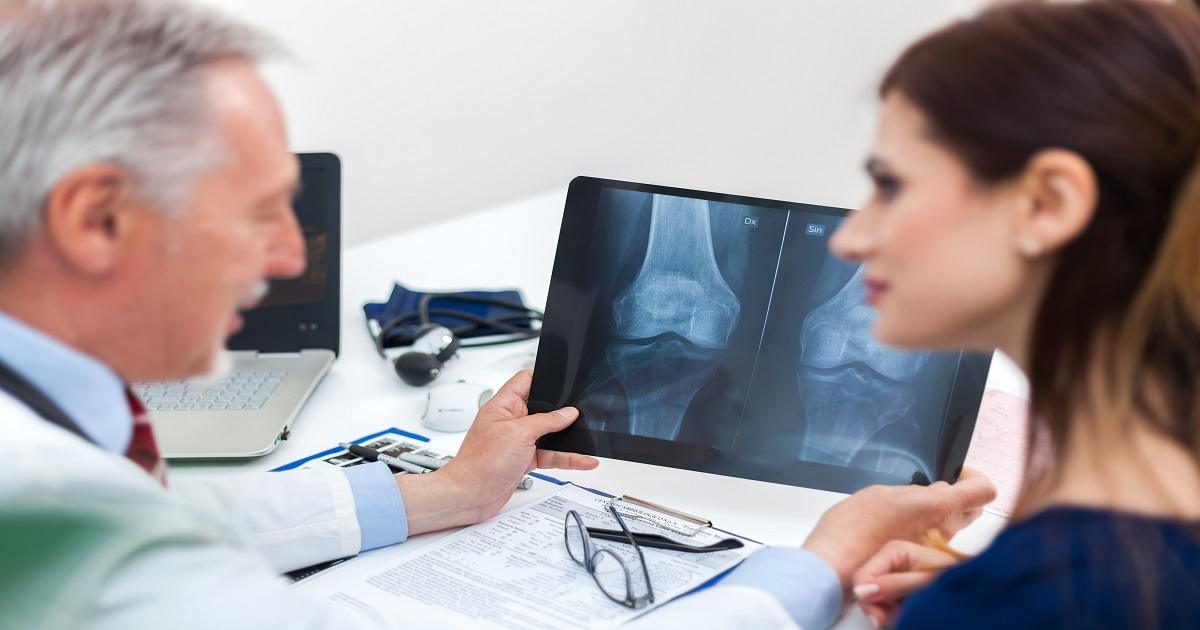What Causes Lumbar Lordosis?
Lumbar lordosis is an issue that affects the curvature of the spine. The natural shape of an individual's spine generally appears like the letter "S" and extends from the neck down to the lower back. The curves in the spine are hugely beneficial for supporting the weight of the head, absorbing shock, maintaining flexible movements, and stabilizing the body's structure. When these curves arch inwards too far, it's likely individuals are suffering from lumbar lordosis. This particular condition affects the lower back along the lumbar portion of the spine. The inwards curvature of the spine will likely cause a substantial number of side effects to occur, which mainly include high amounts of discomfort and pain. Patients may be unable to move properly if the condition is left untreated. The treatment methods used for lumbar lordosis will depend on the severity of the curve. Surgery is only considered if neurological complications begin to develop. Uncover the causes of lumbar lordosis now.
Osteosarcoma

Osteosarcoma is a type of bone cancer that can occur within the shinbone, upper arm, or thighbone. This bone cancer is common among children and often occurs during adolescence when growth spurts take place. The increased risk of osteosarcoma during a growth spurt is largely due to the rapid growth of bones during this period. Such rapid growth means the development of tumors is more likely. The symptoms individuals experience when affected by osteosarcoma depends on the area of the body that's affected. Some of the more common signs that occur no matter the location include issues with joint motions, pain, possible fractures in bones, redness, and swelling. The way in which this pain occurs can also vary from individual to individual. For instance, some children with osteosarcoma may only experience a dull aching pain, whereas others may notice a sharp pain when they're sleeping. It's important to understand the symptoms of osteosarcoma can appear similar to standard growing pains, which is why it's important to look for other symptoms. The presence of this cancer in the thighbone may cause lumbar lordosis.
Get the details on more causes of lumbar lordosis now.